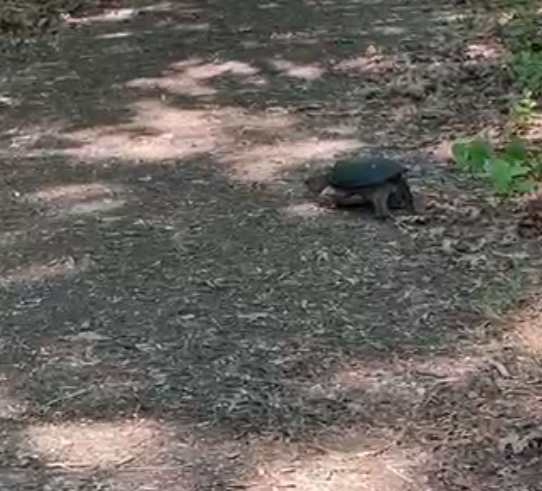Week 5 (6/24/24)

We are coming super close to being done with our first round of collecting Deer Ticks. On Monday me and Steve and Jules went to our sites in Riverhead and Southold one last time, putting the totals for both sites well over 100. The next day me and Steve went to a site in Brookhaven which we needed 8 more to get our total, and we struggled to find them over the course of an hour. The last sites we need to go to now are in the Hamptons, which will be a long drive next week. There is another site we sometimes go to but it has such a small amount of ticks that it is hardly worth going to try with all the other sites that also need collecting, and have more potential. After these are completed, I believe we just have to do the scheduled site visits that monitor Lonestar or Longhorn populations at Longhorn sites 1 and 2, and Lonestar Site 1 Unfortunately, we were down two interns this week that worked on Mosquitos, so I had to step in and once again, besides site visits, this week I mostly I...
